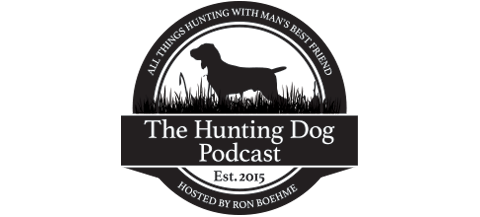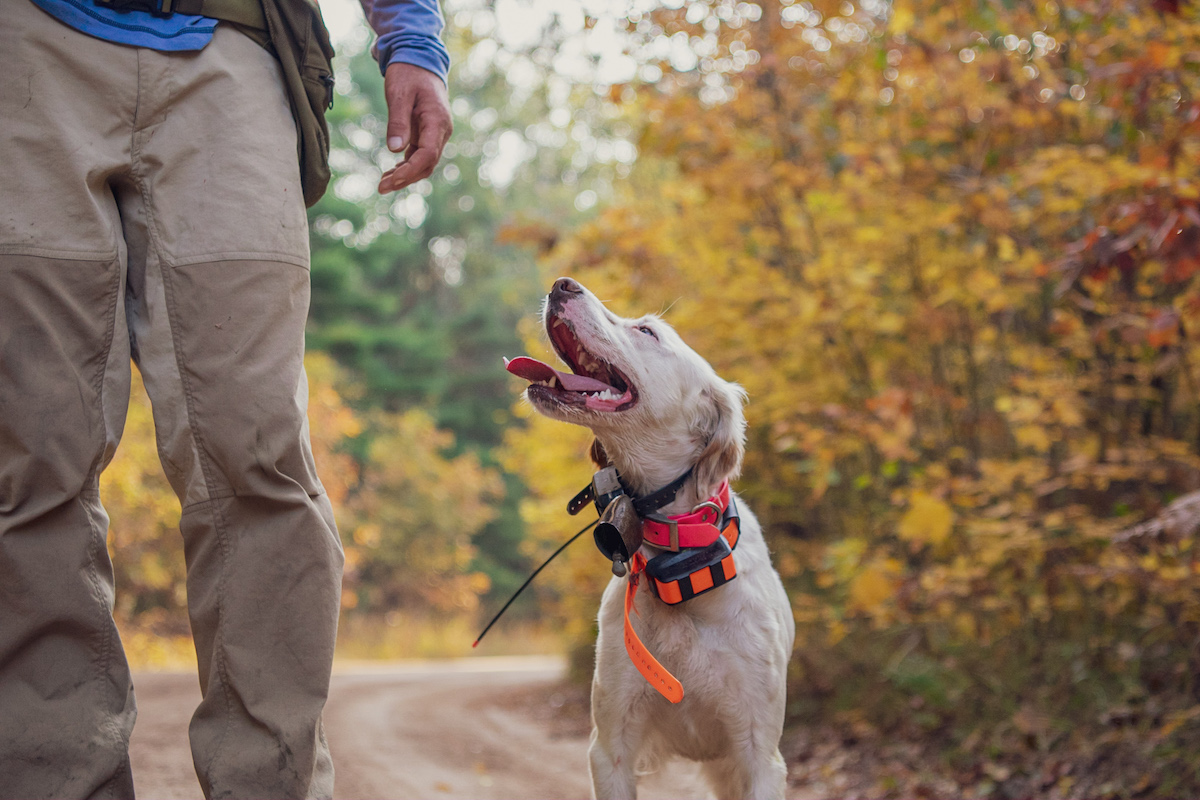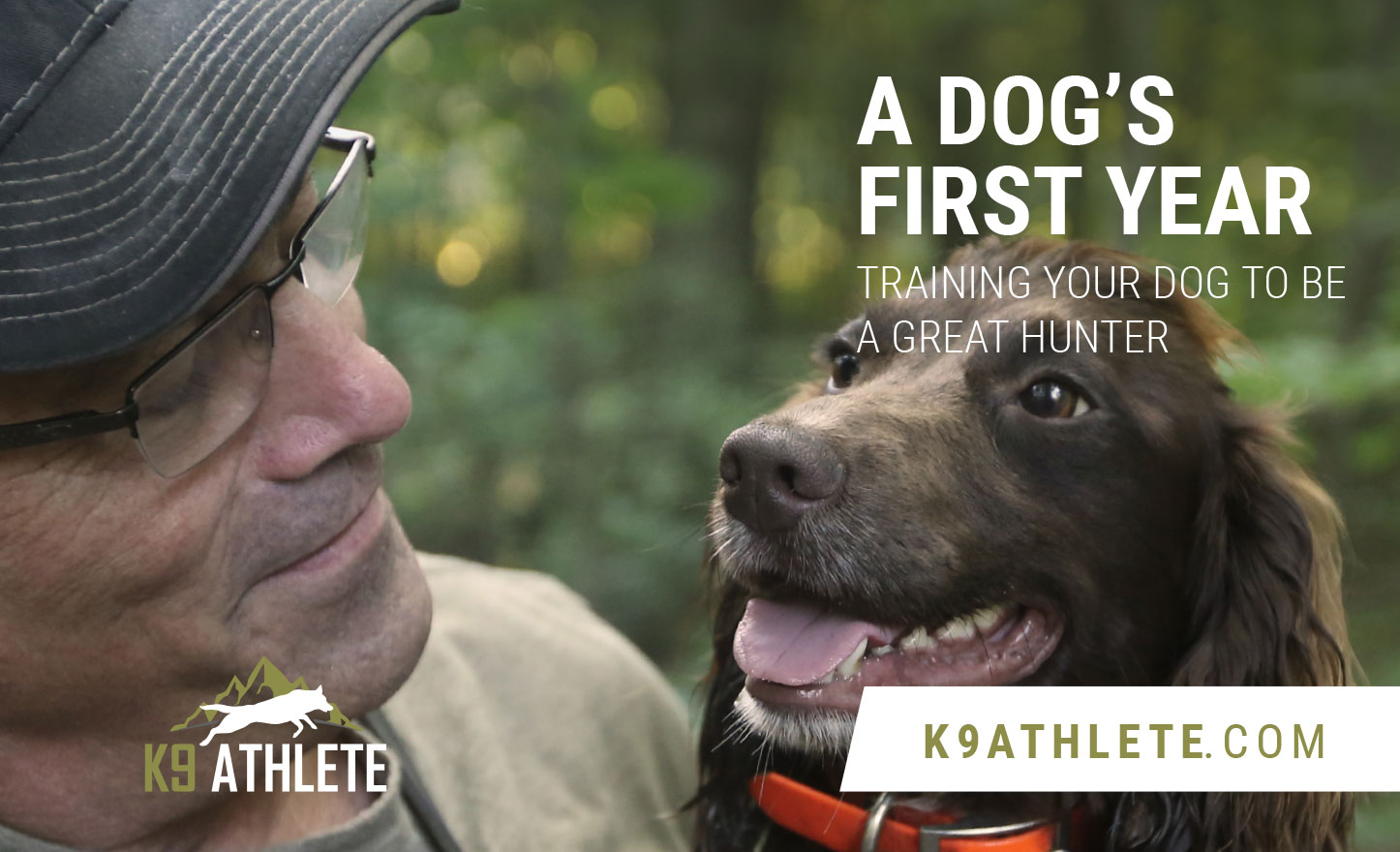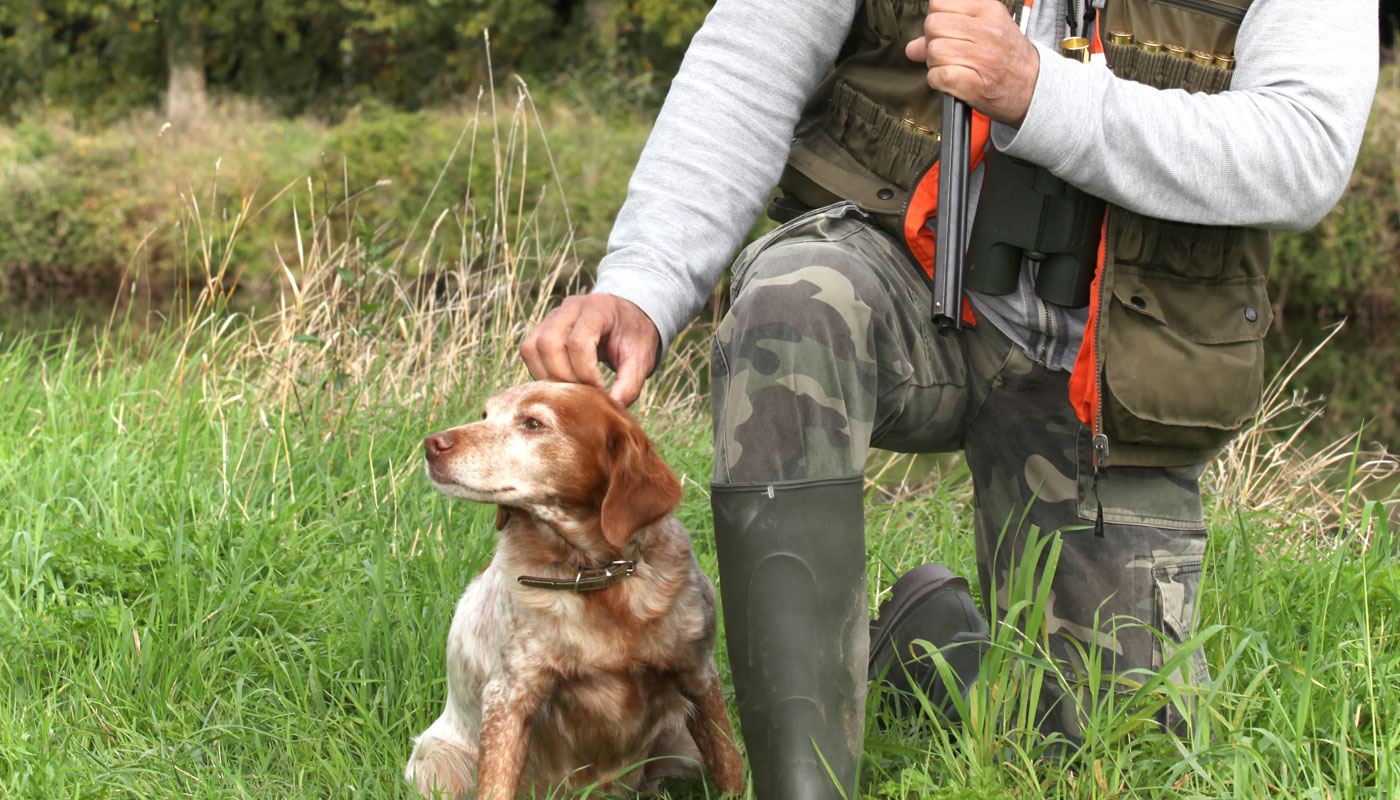If you’re new to dog training and you’re just looking for a few tips for training your bird dog, you’re in the right spot. One of the first things people ask me about training bird dogs is, “when do I start?” My rule of thumb is that training starts the day you bring the puppy home.

This training should take the form of exposing the puppy to situations where the puppy can learn from its own behavior without making too many mistakes. The word training in the dog world implies teaching the pup obedience commands that includes correcting the pup’s behavior. Not many ten to twenty week old puppies need a lot of correcting.
For more on commands to teach your gun dog check this post out.
Dogs learn by association. Meaning, they link an activity with what it provides – pleasure or displeasure. I observed this tendency from watching how a dog’s mother curbs her pup’s behavior, by letting them know what is acceptable and unacceptable behavior. Once the pup is home, it is the owner’s job to take the mothers’ place and turn them into good canine citizens.
Starting Crate Training & Boundaries
Besides teaching the pup house manners with a solid crate training program, the rest of the training or exposure should be about setting boundaries for the pup. Boundaries may include behavior such as staying off the furniture or not entering certain rooms in the house. As long as you are consistent with these rules the pup can adapt without any correction.
While you are crate training and encouraging good house manners with your pup, you will also want to expose him to its first walks outside. Many owners feel a compulsion to keep the pup on a leash at all times to prevent it from running off and falling into harms way. While the leash has its place, for the young pup it is preferable to find a large area that is safe and away from roads for your pups first walk off leash.
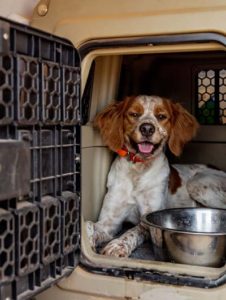
A twelve-week old puppy is not going to run too far away from its owner while exploring the woods or fields. These early walks help to create the bond of natural cooperation that exists within most breeds. When I start these walks, I place a light rope or check cord around the pups neck and let the puppy drag it.
This does not encumber his travels but rather is there to build a point of contact on the collar from where all dog training will come from. It is also helpful at the beginning of the walk to keep a hand on the check cord to begin to teach the dog leash manners.
When you arrive at an open, safe area, always reach down and stroke the dog’s back to calm him down before releasing your hand from the check cord. This begins impulse control training for the pup. This pause, or calming touch, is used whenever I release a dog and when the dog returns.
As the pup gets older, impulse control training includes having him wait before he goes through an open door as well as waiting until the kennel doors open to go out and play.
When Do You Begin to Hunt With Your Dog?
Eager though you may be to introduce your pup to hunting, don’t be in a hurry to get your pup in front of birds or gunfire. There’s a lot of learning already going on with these early walks that is more important such as learning to come when called and learning to relax in a variety of situations. At this stage, I only let a young dog see and smell a couple of birds.
The love of game birds is an instinct in well-bred dogs and instincts do not expire. When it comes to gunfire, I take it slow and cautious. Remember to keep a good distance from the dog with any firearm and make sure the dog is engaged in an activity such as running in a field, chasing birds, or any object the entices chase.
The idea is the your dog is so engrossed in its activity that the background noise is now associated with the fun activity. These are just some of the training tips I use with all young dogs.
The best advice I can offer is to wait until your dog’s initial training is complete and the dog is around one year old. Rushing the first hunt can lead to a disastrous encounter with barbed wire, accidental water entry that scares the pup, or any other event that can cause the dog to associate hunting as an unpleasant activity.
You have many years in the field with your dog make that first hunt a safe one.
If you need more help laying the foundations and fundamentals for your pup, check out the Upland Institute. It’s a professional video training series giving you the knowledge to be a better trainer and the confidence to bring out the best in your dog.
